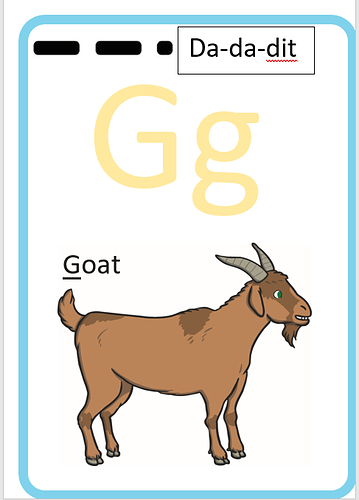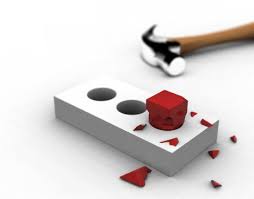If we trace the reasons for dropping the CW requirement from the license, we find that it boils down to a drop in people entering the hobby and a belief that it needed to be made easier to get licensed. While it has not stopped the gradual decline, I think there is some truth in that, although some would say that the license classes should have been adjusted rather than dropping the requirement altogether. In particular, I think what a lot of people miss is the need to make it possible for younger people to get licensed. I often find that it is children who have the greatest enthusiasm for Morse code, but have to wait many years before they are able to get on air and enjoy the fruits of their labours. In many countries, the door remains firmly closed to precisely the demographic we need to appeal to. In this respect, I think England has got the right balance. The Foundation License allows even quite young children to get on air and, as some activators on this site have shown, 10 watts is more than enough to provide a lifetime of enjoyment in SOTA. Unfortunately, it is not so here in Austria, where children have to wait until they are 14 to get licensed and people who should know better pin their hopes on the increased interest in new digimodes like FT8 ![]() .
.
I digress. Children are desperate to learn Morse code but, just as with any other musical instrument, they often lack the staying power to see the learning process through. I am fortunate, in that I work in a primary school and so I get to see the Morse learning process from a focussed pedagogical viewpoint. I can say that there are definitely different types of learners, and what works for one may prove a hinderance to someone else. You have to play around a bit and find what works for you. I’m also fortunate, in that the teachers I work with are very open-minded. Next year, I will have my first 1st year class in about 4 years. I spoke with the main teacher of that class and she agreed (was very excited in fact) that when I am teaching the English alphabet, I can include the Morse character for each letter. I have been modifying a set of picture cards for precisely this purpose:
It will be interesting to see what effect this has, and whether it helps the pupils to start learning Morse right from day 1. Those pupils who lose interest or show no aptitude for Morse can simply forget about it. But if even a small handful pick it up, I will start an afterschool club for them to practice and hopefully get on the air.
As OE6MAD (Mario) showed last week, when he posted his first activation, (First activations - OE/ST-308 & OE/ST-320) the Graz Morse Code School has not just got a great many people on the air using CW, it produces a steady stream of competent SOTA activators as well (if I do say so myself). I know the Long Island CW School also does a great job in this regard. CW can be saved, but it needs highly motivated individuals willing to come together and start the schools. The Graz CW School also has a special pyramid system, so as soon as you graduate and get on air, you are usually given the job of tutoring some new students. It is this manner of actively growing the teaching/learning community that also plays a big role in keeping CW alive.
To everyone learning CW and looking for that one tip that will help them, I would say that just half an hour a day can be enough to get you on air, but it is best when that half hour is first thing in the morning. Set your alarm to go off half an hour earlier and do your practice before going to work. If you travel on public transport a lot, use that time to listen to Morse through headphones; don’t waste a single second. And remember, the CW operators get the coolest toys to play with, it’s worth the effort!
73 es GL de OE6FEG/M0FEU
Matt


